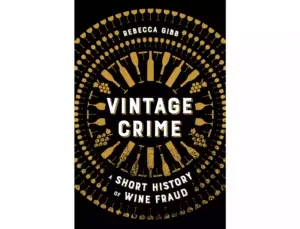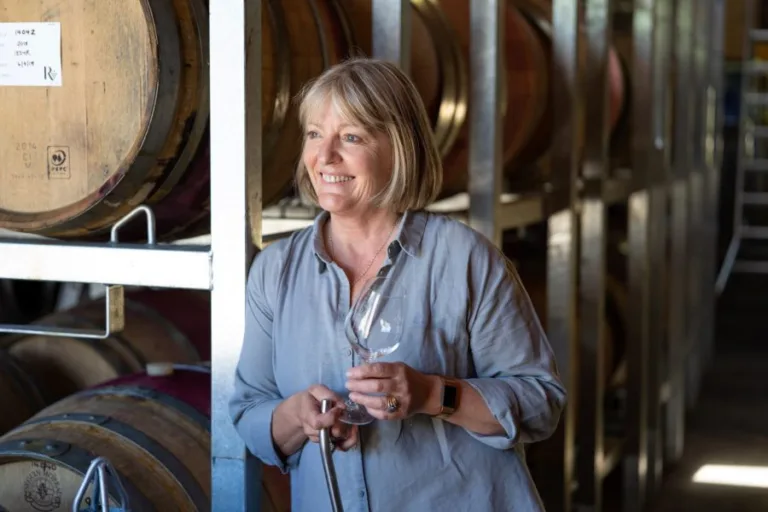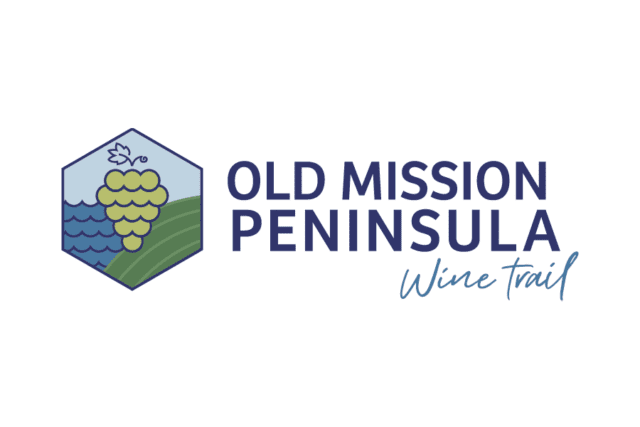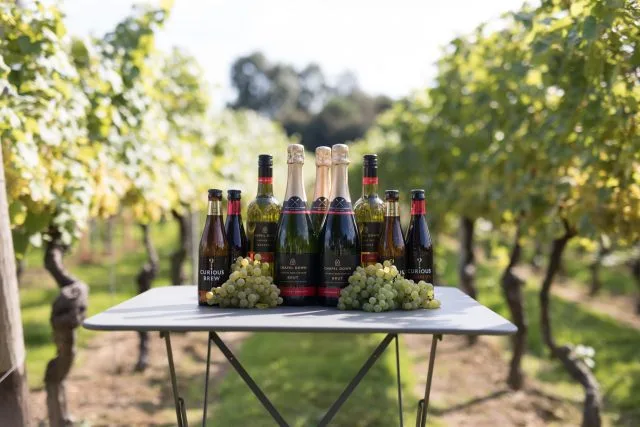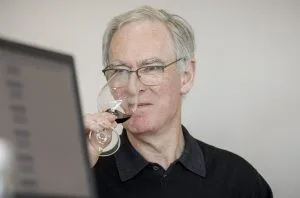Stuart Walton reviews Vintage Crime: A Short History of Wine Fraud by Rebecca Gibb MW.
Questions of authenticity loom large when it comes to eating and drinking. How do we know that what we are consuming is what it says it is? Traceability, provenance, appellations of origin have all played a part in ensuring that food and drink products are the real thing—examined, certified, tasted, and labeled as such—so that end users can have confidence that what they are buying is genuine. Even so, a large proportion of the unstated contract between producer and consumer relies on trust.
Wine, in particular, has always been subject to the carelessness, corner-cutting, and manipulation of unscrupulous producers, retailers, and dealers at auction. Inherently a very simple product, it has been treated throughout history to various dishonest practices to make it more palatable, to stretch it during lean times, and to maximize the profit to be had from the increasing value it acquires with age and rarity. It all depends on what the consumer believes is in the bottle, and whether, as folk wisdom has it, what you don’t know can’t hurt you.
Early on in this entertaining history of wine fraud, Rebecca Gibb MW quotes a Copenhagen law professor, Lars Holmberg, saying that “as long as counterfeit wine goes undetected, the victims (excluding the honest wine producers who may lose market share to the false wines) may not really be victimised at all.” This contention is at least worth arguing. If we thought
This Article was originally published on World of Fine Wine

